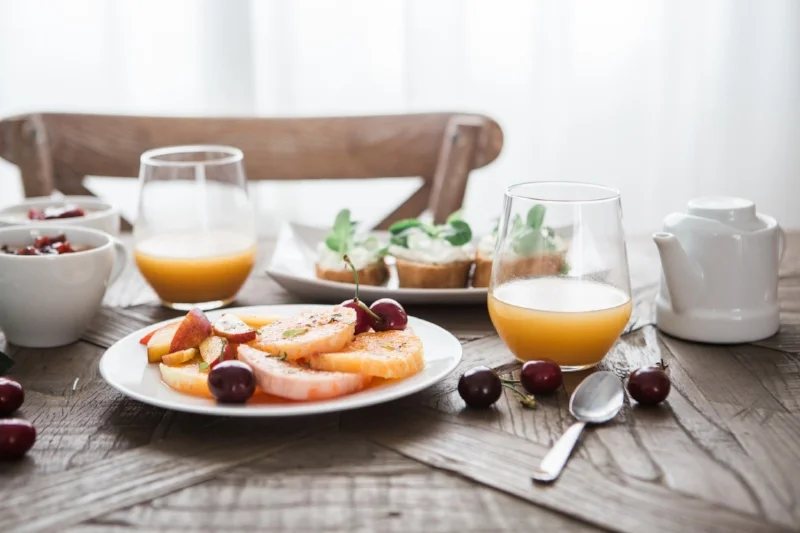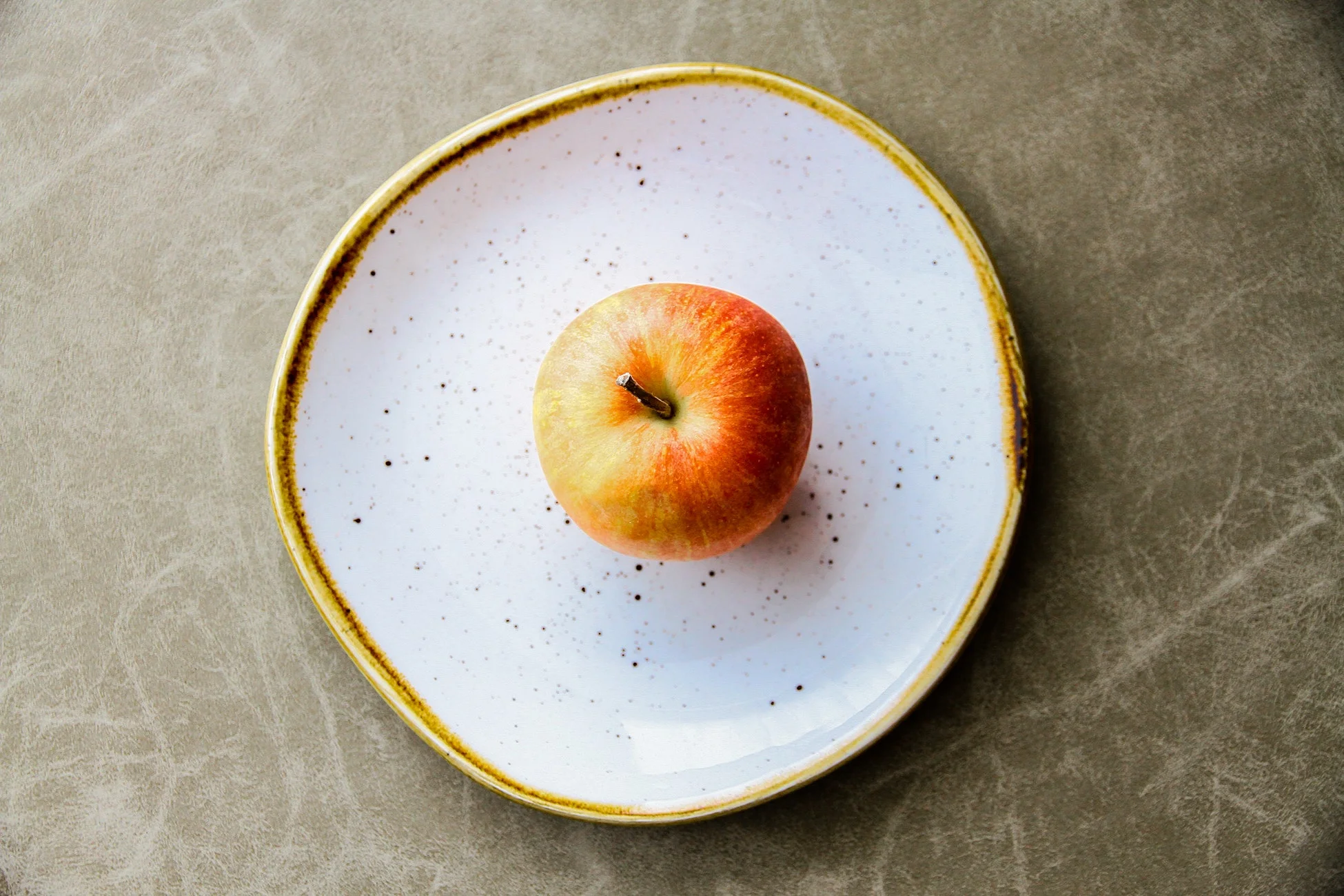Eating the right things and exercising come together as part of a healthy daily routine.
Focus, first, on what you eat and drink. You are what you eat, the expression goes. Food and drink sustain our bodies and should also bring us pleasure. For most adults most of the time, what you eat is a conscious, affirmative choice. Begin each day with a “To-Eat list,” a fun and highly useful variation on a to-do list. It’s a simple daily plan for what you will eat and drink, plus when and where you will have your meals and snacks.
To form this habit, start by making the simplest list possible based on what will help you reach or maintain your target weight. Find out how many calories are right for you. You can begin by working with 2000 calories, sort of an average for everybody, or get an estimate geared to your body type at: www.calculator.net/calorie-calculator.html.
A fun thought experiment is to “think bananas.” A banana is about 100 calories, so if you are a typical adult planning to eat 2,000 calories, that’s equivalent to 20 bananas. Start with a calorie counter like this.
Next, convert each of the foods on your To-Eat list to an equivalent number of bananas (see Appendix 2 for examples), as if you were starting the day with a basket of bananas and exchanging them for, say, a McDonalds Fish Filet (379 calories, about 4bananas). At the end of the day,see how closely you followed your list. If you exceed your banana count, you know you have made a decisionto gain weight. If you have bananas left over, you’ve tried to lose weight. Your list will evolve over timeas you learn what works.
A good To-Eat list will have the right balance of carbs, protein, and fruits and vegetables adding up to roughly 2,000 calories. You will see immediately that having a To-Eat list means knowing what you will not eat or drink that day. You can pick the foods on your To-Eat list based on guidelines from the many health and nutrition plans discussed here.
Be sure your To-eat list includes plenty of water. As you refine yourlist, take into account the caloric content of drinks, both alcoholic and non-alcoholic. Also remember that when it comes to meals, super-sized isn’t super. In the world of super-sized portions, dining out can be dangerous regardless of what you choose to eat. There are habits that willhelp keep portionsizes small. Choose an appetizer instead of an entree, split a dish with a dining companion, or take some home to eat as another meal. To “test drive” this new habit, next time you eat out, only eat half of the portion served.
When you get into the habit of thanking your body with what you eat, you can thankspecific parts of your body, as different aspects of nutrition have an impact on differentorgans, including the brain. Thus, there is such a thing as brain food, and thescience of nutrition places specialemphasis on foods that appear to enhance the performance of the nervous system.They include walnuts, olive oil, bran, coffee, spinach, dark chocolate, avocados, wheat germ, beets, and water. Each appears to have its owndistinct benefit.
Omega-3 oils, found in walnuts, flaxseed and especially fish, have long been touted as being healthy for the heart. But recent research suggests they’re a brain booster as well, and not just because they help the circulation system that pumps oxygen to your head. They also seem to improve the function of the membranes that surround brain cells, which may be why some research indicates that individuals who consume a lot of fish are less likely to suffer depression, dementia, even attention-deficit disorder. Snacking is a goodplace to start good eating habits.
PerfectCoaches suggests being thankful for a lot of things: our brain, our breath, our body, our life. Why not thanknature, too? It is possible to thanknaturewhen you snack. Just avoid processed snacks. There are many snack foods that aremanufactured by humans using sugar and additives to make them delicious. As an alternative, when you snack thank nature for the rainbow of fruits, vegetables, andnuts you can have instead. Nature provides a wide variety of delicious, healthy, and, yes, filling choices. Deeply colored fruits and vegetables contain higher concentrations of vitamins, minerals, and antioxidants. Many vegetablesincluding carrots, snow peas, and cherry tomatoes serve as excellent between-meal snacks. Nuts offer a variety of colors and tastes.
Your To-Eat list isn’t just about what you eat and drink, itinvolves where and when you do it. Some diets suggest eating six relatively light meals. Each person has their ownstyle of eating, so find yours without being confined to a straight “three square meals” concept. It might help to pack fruit and other light snacks to keep your appetite manageable through the day.
Other plans suggestthat youeat your last full meal of the day at ascheduledtime, then literally fast until breakfast the next morning. It’s hard to avoid eating at “after six” social occasions or when you are workinginthe evening. But, if possible, establish the habit of skipping heavy evening meals and snacks. Evening snacks are a difficult habit to break. Drinking lots of water after dinner can help make you feel full. Moving to very light snacks where you “thank nature” can also help.



